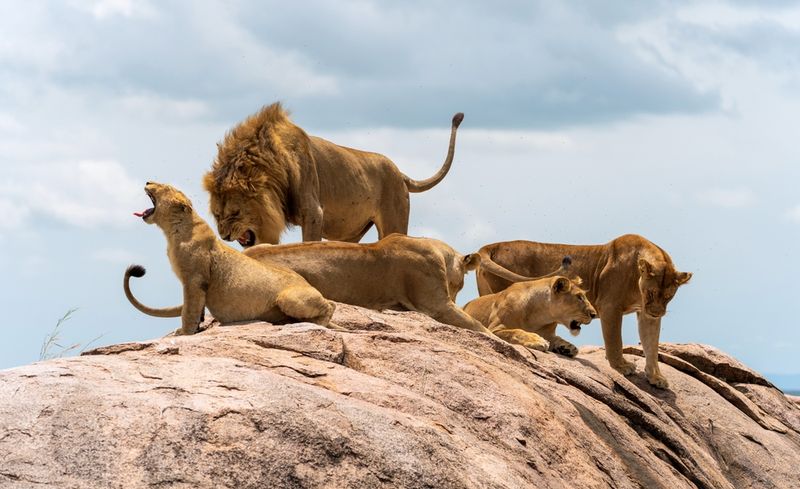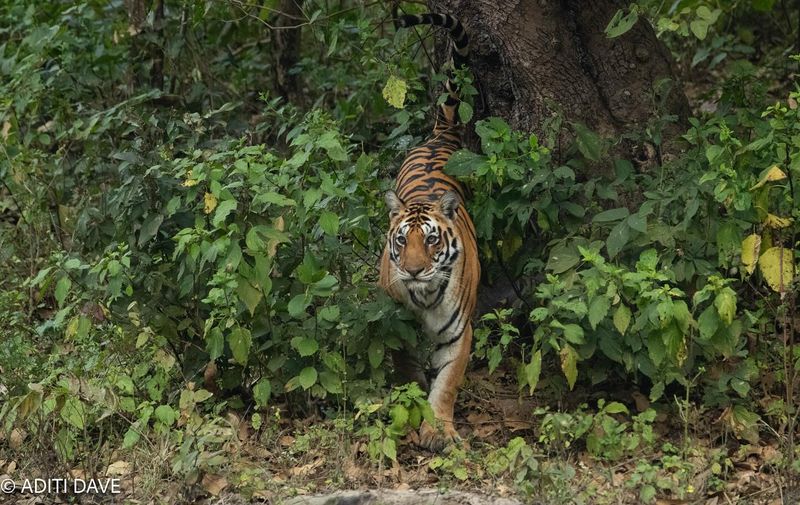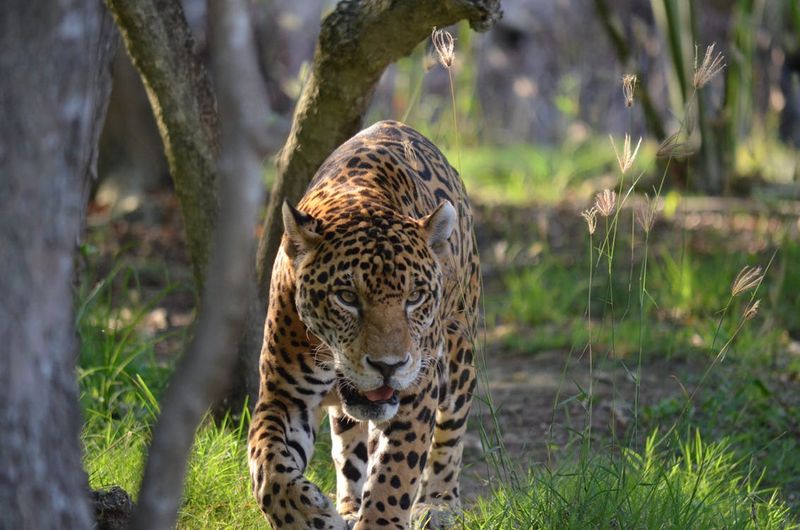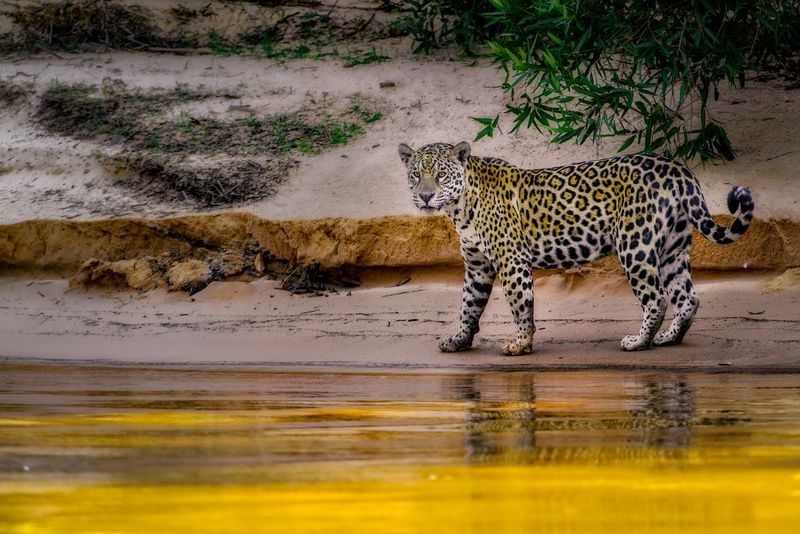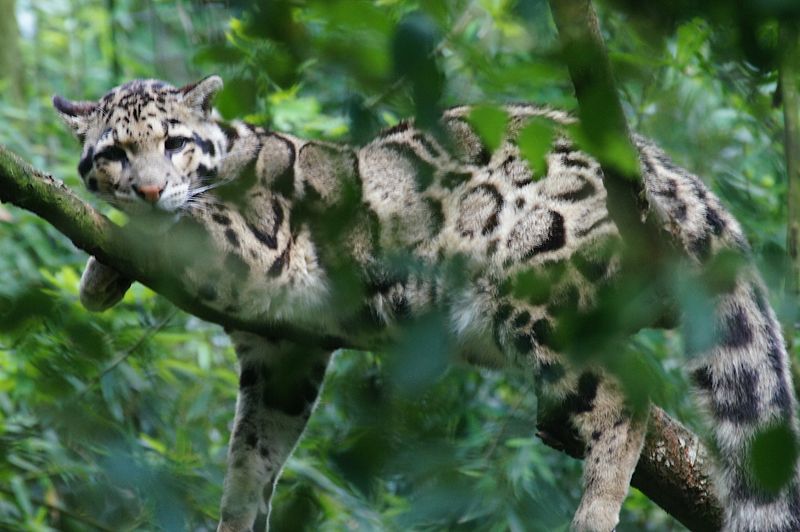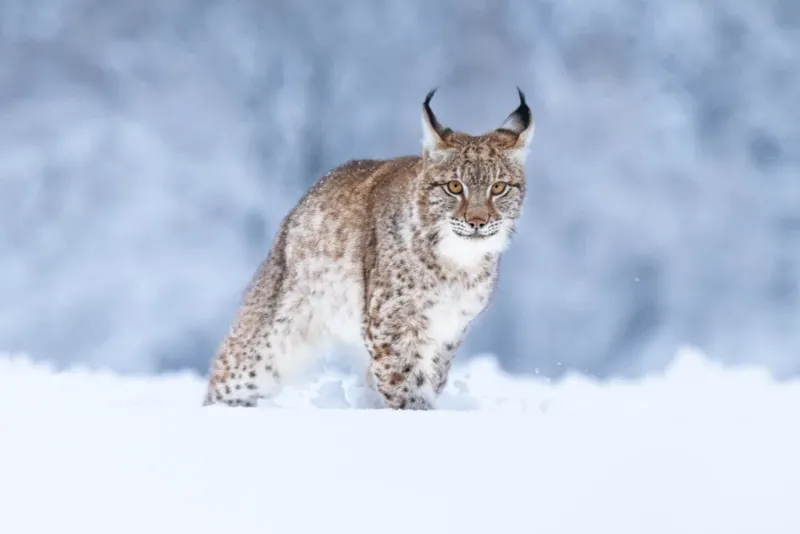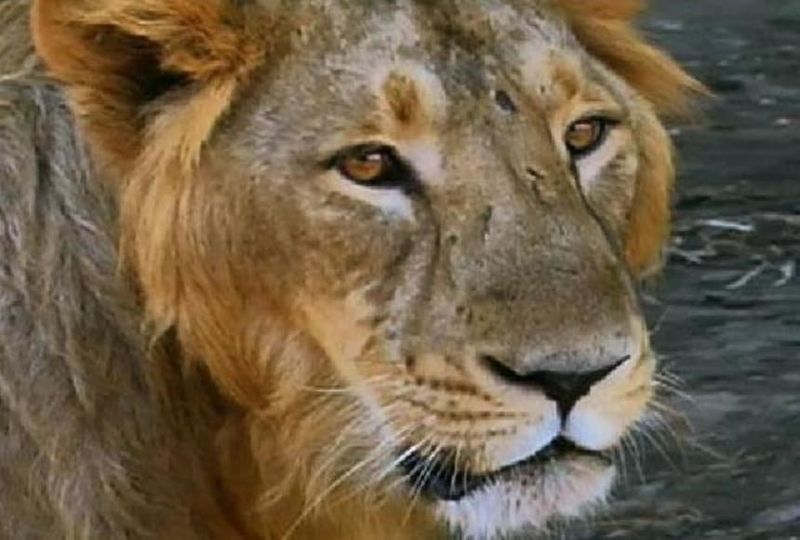📖 Table of Content:
- 1. Lion – The Coalition
- 2. Cheetah – The Brotherhood Code
- 3. Tiger – The Solitude
- 4. Leopard – The Silent Territory
- 5. Snow Leopard – The Discretion Code
- 6. Jaguar – The Solitary Might
- 7. Cougar – The Whisper Network Code
- 8. Clouded Leopard – The Unseen
- 9. Eurasian Lynx – The Minimalist Code
- 10. Asiatic Lion – The Revival Code
The big cats of the world—majestic, powerful, and elusive—are often thought of as solitary predators, silently ruling over their domains. But beneath this veneer of isolation lies a world of intricate social interactions, subtle communication, and behavioral adaptations shaped by millions of years of evolution. Each species, from the plains of Africa to the snowy peaks of Central Asia, follows its own unwritten rules—behaviors that help them survive, compete, and sometimes even cooperate in their wild habitats.
Sociality among felines is not monolithic. While lions embrace community life, others like tigers and leopards have carved out solitary existences with specific signals and gestures that maintain peace and define territories. These patterns—ranging from coalition-building to discreet scent-marking—reflect deep intelligence and a responsiveness to environmental pressures that demand both independence and strategic alliances.
In this exploration, we delve into ten major big cat species and the distinct social behaviors they exhibit. Each cat reveals something unique about how large predators navigate the balance between solitude and social interaction. Far from being just lone hunters, these felines display an array of fascinating dynamics that mirror, in many ways, the complexity of human societies.
1. Lion – The Coalition
Roaring through the savannas, lions live not as lone rulers but as members of tightly knit social groups called prides. This species stands out for its deep familial structures, where related females cohabit and raise cubs communally. Within these prides, male alliances—often formed between brothers or cousins—create powerful coalitions that control territory and breeding rights. Cooperation isn’t limited to protection; lionesses also coordinate ambushes during hunts, leveraging teamwork to bring down larger prey. Social rank is determined through age, strength, and lineage, influencing access to food and mates. Vocalizations, grooming, and body language all serve to reinforce bonds and settle disputes without resorting to violence. In this communal world, survival is as much about trust and unity as it is about brute force.
2. Cheetah – The Brotherhood Code
Unlike most cats, male cheetahs often stick together in groups, especially if they are littermates. These coalitions offer significant advantages, from defending territories to increasing the chances of mating success. The cooperation among males contrasts with the solitary nature of females, who roam widely and raise cubs alone. Territory is a valuable asset, and coalitions can more effectively claim and hold strategic areas rich in prey. While not physically imposing compared to lions or tigers, cheetahs rely on social cohesion and speed to thrive in open landscapes. Scent marking plays a critical role in communication, warning off intruders without direct confrontation. Despite their gentle appearance, their social ties are built on a foundation of fierce loyalty and survival instinct.
3. Tiger – The Solitude
Solitary and powerful, tigers embody the principle of personal domain. Every adult tiger occupies a well-defined territory, and overlapping is generally tolerated only between a male and his potential mates. Encounters between rivals are rare and often avoided thanks to sophisticated scent-marking systems. These olfactory messages—left through urine, gland secretions, and scratch marks—transmit vital information about identity and status. Males may roam wider ranges to access multiple females, while females focus on cub-rearing within more compact zones. Vocal signals like roars and chuffs add another layer to their communication toolkit, especially during the breeding season. To the tiger, solitude isn’t loneliness—it’s a system of mutual respect mediated by invisible boundaries.
4. Leopard – The Silent Territory
Among the big cats, the leopard stands as a master of solitude, operating under what can be described as the Silent Territory Code. Unlike lions or cheetahs that may engage in cooperative dynamics or visible territorial contests, the leopard’s social behavior is defined by quiet dominance and elusive precision. It communicates boundaries through subtle cues—scent markings, claw scratches on trees, and nocturnal vocalizations—avoiding direct confrontation whenever possible. This code prioritizes stealth, adaptability, and self-reliance, traits that have enabled leopards to survive in some of the world’s most challenging and diverse habitats. Their elusive nature is not a sign of weakness, but a strategic choice—one that minimizes risk and maximizes control over personal domain without overt displays of power. In the complex dynamics of wild felines, the leopard exemplifies the art of thriving alone, guided by an unspoken rule of quiet assertion and respect for invisible borders.
5. Snow Leopard – The Discretion Code
Perched on the edge of cliffs and high alpine ridges, snow leopards live in some of the most inaccessible habitats on Earth. Their interactions are rare and fleeting, shaped more by terrain than temperament. Instead of direct encounters, they rely on scrapes, scat, and scent to signal presence and avoid competition. Each of these subtle signs maps out the individual’s range, allowing coexistence without physical proximity. Harsh environments demand high energy efficiency, so snow leopards invest little in unnecessary movement or confrontation. Mating is seasonal, and outside of that brief window, adults roam alone through immense ranges. Their silence and solitude are less about aggression and more about adapting to scarcity and survival.
6. Jaguar – The Solitary Might
Deep within tropical rainforests and along winding riverbanks, jaguars carve out territories with commanding solitude. Known for their immense bite strength and elusive habits, they tend to avoid others unless driven by reproduction. These cats prefer to communicate through roars that cut through dense vegetation, or by leaving claw marks on trees. Water is a central part of their world, and they are often found swimming across rivers or hunting aquatic prey. Though encounters between individuals are rare, they are intense when they occur—especially over mates or boundaries. Their territories overlap slightly, but spacing and vocal signaling usually keep conflicts at bay. In the jaguar’s world, dominance is expressed in silence, patience, and power.
7. Cougar – The Whisper Network Code
Roaming the Americas from forests to deserts, cougars maintain their solitary nature with a surprising degree of communication. These cats vocalize more than most, producing eerie screams, chirps, and hisses to convey status or courtship intent. Territories are large and loosely patrolled, often overlapping slightly with the opposite sex. Mothers play a critical role in social education, raising cubs for up to two years before they venture off. Scent posts—trees or rocks rubbed with facial glands—act as bulletin boards for neighborhood news. Conflict is avoided through timing and space, as individuals instinctively rotate their use of shared resources. The cougar’s world is one of whispers and wariness, where understanding flows without constant presence.
8. Clouded Leopard – The Unseen
In Southeast Asia’s dense jungles, the clouded leopard lives largely unseen, leaping between treetops and slinking through shadowed undergrowth. Its arboreal lifestyle reduces competition with other predators, allowing it to inhabit overlapping territories quietly. Communication occurs through high-altitude scent marks and tree scratches, sentinels for anyone else navigating the canopy. Solitary by design, this feline only seeks company for mating, after which partners part ways. Unlike its larger relatives, the clouded leopard often hunts in trees, making agility a more vital skill than brute strength. Young are raised in hidden dens, and mothers are fiercely protective during this vulnerable period. Their social rhythm is one of camouflage, quiet, and calculated risk.
9. Eurasian Lynx – The Minimalist Code
Blending into the coniferous forests and rocky slopes of Europe and Asia, the Eurasian lynx exemplifies the minimalist feline lifestyle. These cats are intensely solitary and rarely seen, making use of thick terrain and quiet movement to stay hidden. Communication is sparse but effective—scrapes, scent marking, and yowls only surface during mating season. Prey is usually taken through ambush, and lynxes spend much of their time traveling vast home ranges in search of food. Cubs remain with the mother for several months before they begin dispersing into their own territories. Direct conflict is rare due to these expansive, well-spaced ranges. The lynx survives through patience, stealth, and a preference for silence over show.
10. Asiatic Lion – The Revival Code
© National Geographic Education – National Geographic Society
In the dry teak forests of India’s Gir region, Asiatic lions have adapted pride life to a denser environment. Their prides are smaller than their African relatives’, often consisting of fewer lionesses and a tighter circle of males. Social interactions remain strong, with grooming and resting in groups reinforcing pride unity. Hunting is more often done solo or in pairs, reflecting the sparser prey available in their habitat. Territorial displays, such as roaring and scent marking, are essential to minimize overlap with other groups. Despite limited resources, these lions maintain cohesion through shared responsibility and interdependence. Their social behavior is an echo of ancient pride structures refined by the demands of their shrinking world.

